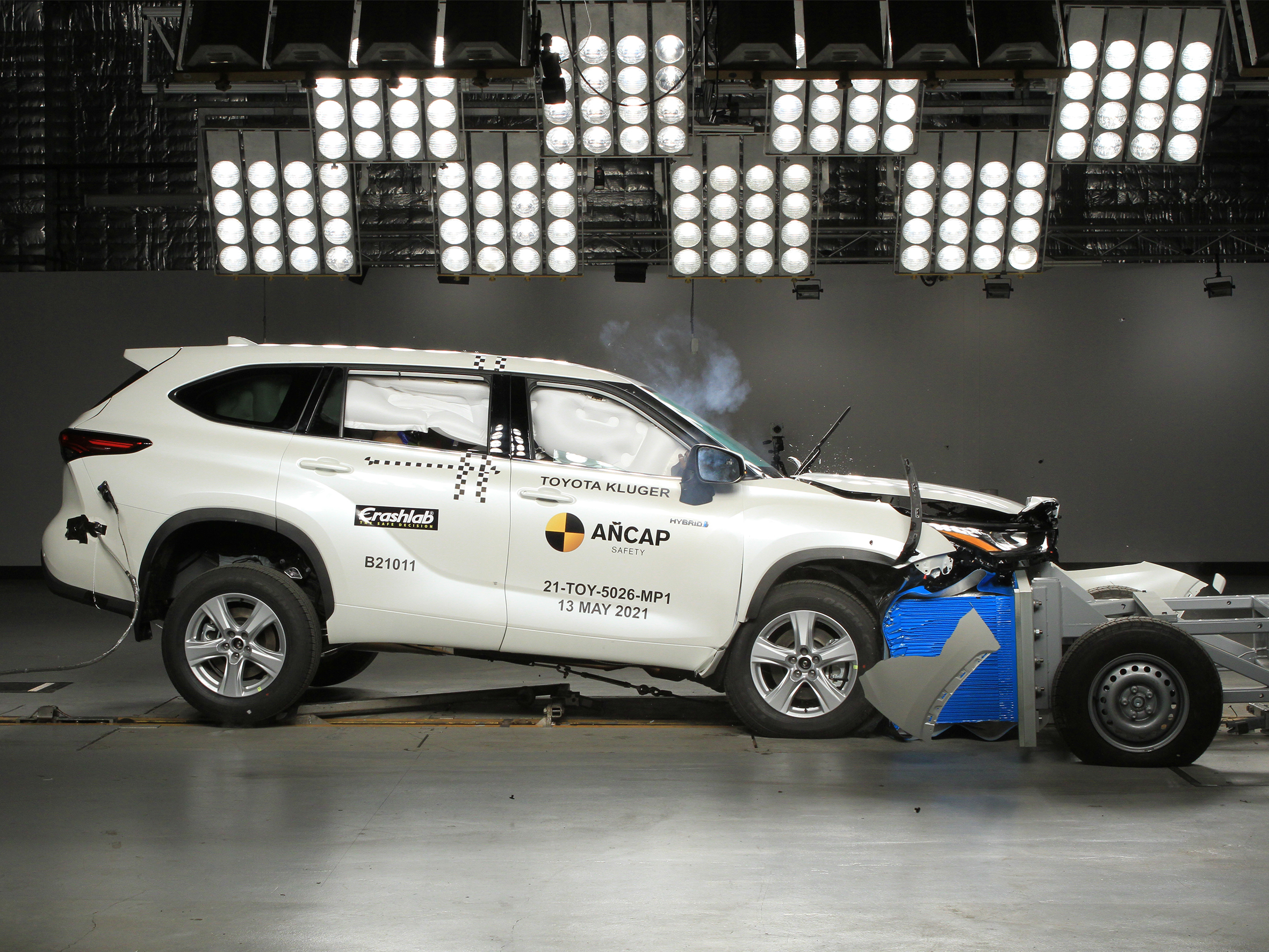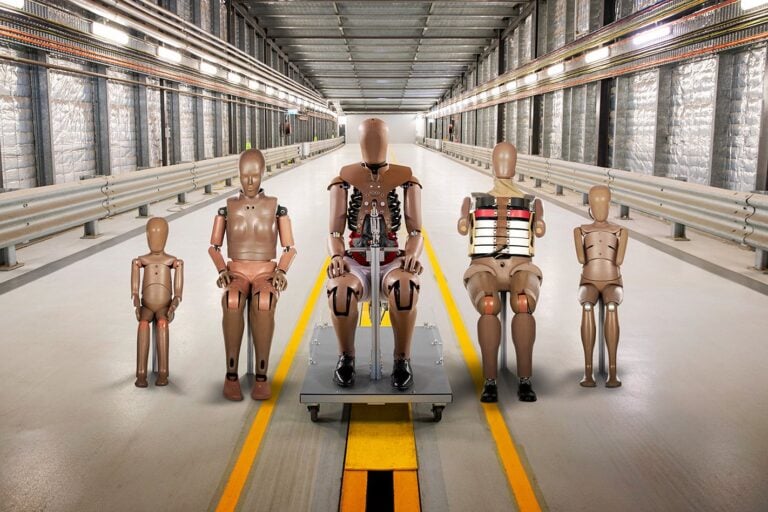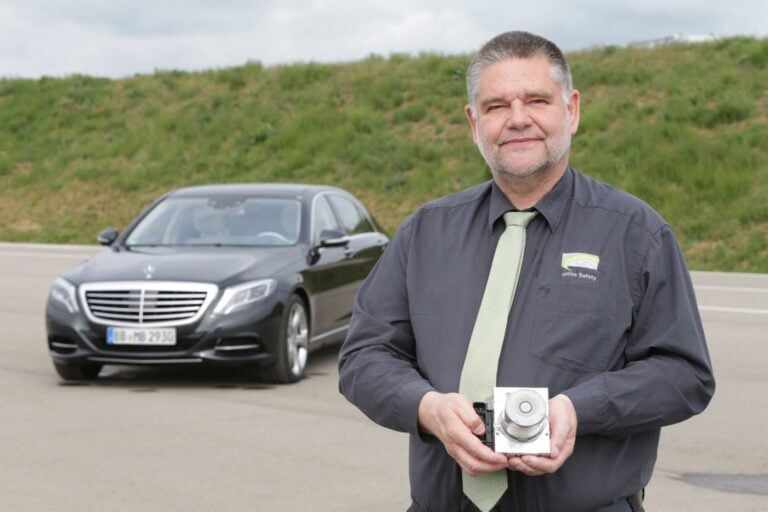
A recent study examining the combined roles of car safety, road quality, and the driver in determining the seriousness of road accidents has highlighted the effectiveness of modern technologies in newer vehicles.
The paper, published by the Centre for Automotive Safety Research at the University of Adelaide, looked at 105 fatal crashes and more than 130 accidents, which resulted in serious injuries, through the lens of a safety model created by the Swedish Road Administration (STA).
The STA model considers a wide range of factors which can contribute to an accident, including: whether the car was travelling at or below the speed limit, whether the driver was intoxicated by alcohol or drugs, if vehicle occupants were wearing a seatbelt, if the car had a EuroNCAP rating of five stars, if the car was equipped with electronic stability control (ESC), and the quality of the road.
Of the fatalities studied, it was found none of them fully complied with the STA model – that is, in no scenario was the driver obeying relevant laws, a five-star grade safe car, and a high-quality road. In only one case resulting in serious injuries were all three factors found.
Perhaps more tellingly, only one of the 105 fatal crashes was found to have involved a vehicle fitted with ESC – a now-mandatory safety system for passenger cars, which helps to prevent a driver from losing control and spinning out.

However, as the fatal crash data used in the study was taken from 2010 and 2011, and the serious injury data was from between 2014 and 2017, the average age of the vehicles in this study would be from 2000 to 2007 – well before 2011 when ESC was made a standard feature on passenger cars.
With the current average age of vehicles sitting at 10.6 years old, based on the 2021 Motor Vehicle Census, only now are we reaching the average age where ESC will have been fitted to the majority of vehicles in use on our roads.
According to data from the National Road Safety Strategy, road user deaths have dropped by more than 20 per cent over the past decade, as both passive and active safety technologies have improved.
“The safety features, and particularly active safety technologies, fitted to today’s new cars provide their occupants and other road users with the best chance of survival out on the road,” ANCAP CEO Carla Hoorweg told WhichCar.
“Two active safety technologies ANCAP has been encouraging for some time are Autonomous Emergency Braking (AEB) and active Lane Support Systems (LSS), and each of these have been shown to reduce the risk of fatal crashes by around 30 per cent,” she said.

“It’s very important that new car buyers are aware of the safety benefits that come with today’s newer vehicles as the presence of these systems can mean the difference between whether you are involved in a crash or not.”
While the active safety systems in newer cars, endorsed by ANCAP, can prevent or reduce the severity of an accident – the study from the Centre for Automotive Safety Research also shows a sober, rested, and attentive driver, together with a high-quality roadway, can also contribute to lower fatalities and serious injuries.
We recommend
-
 News
NewsANCAP to change star rating system
New proposals could shake up the crash test system Down Under
-
 Advice
AdviceANCAP crash testing explained
We unpick the ANCAP Safety Rating and find out how it's assessed and why it’s so important
-
 Opinion
OpinionHow the Electronic Stability Program was invented
IT’S a surreal and disarmingly intoxicating experience to sit across from someone who has saved the lives of thousands, if not millions, of people.




